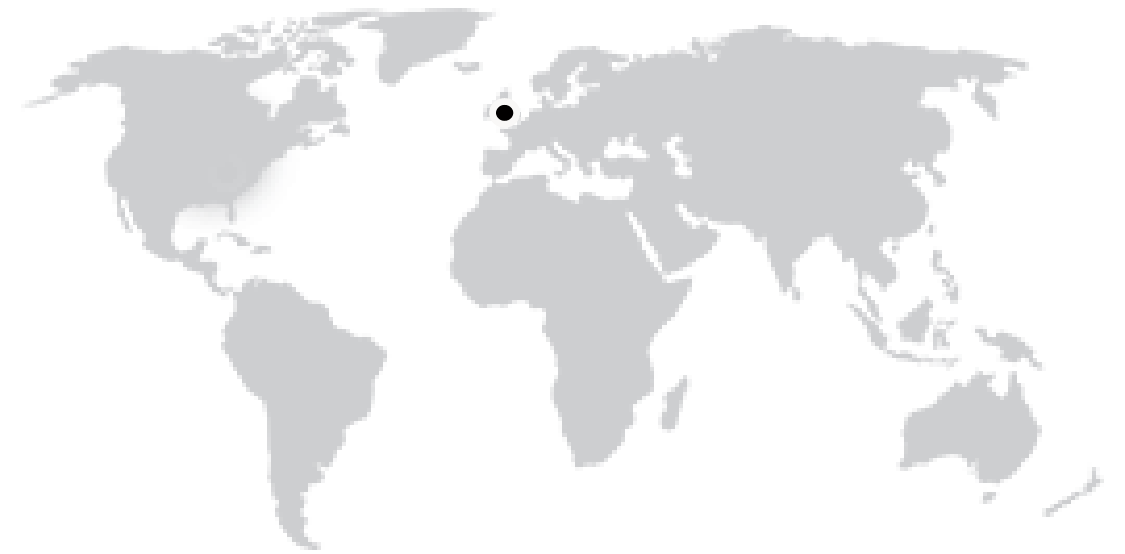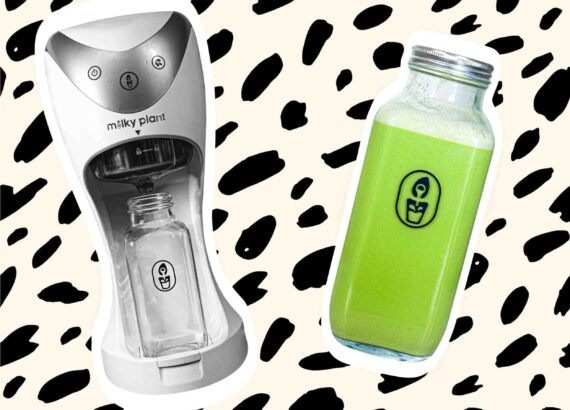READ Labels
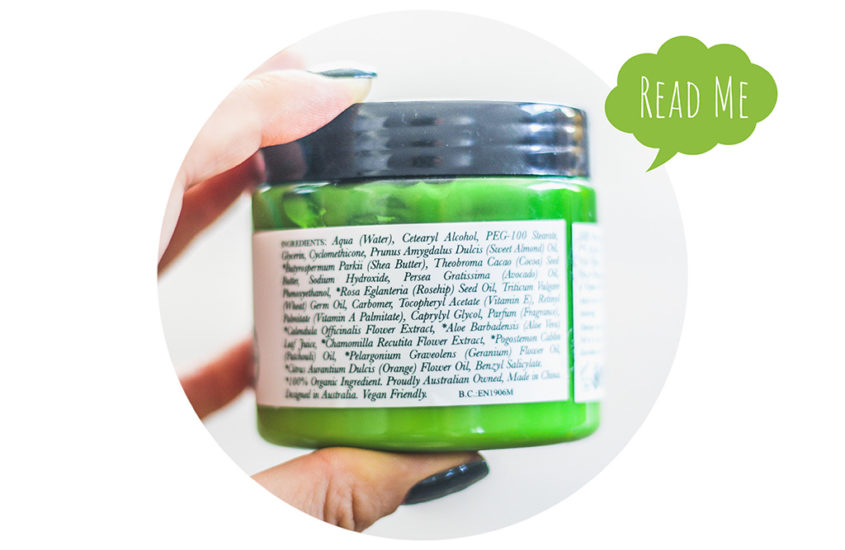
It could be a surprise to find out what actually goes into your toiletries and cosmetics. Natural and organic brands avoid the worst chemical offenders, and you can, too, if you learn to read ingredient labels.. The more you do it, the easier it gets. Certain ingredients should ring alarm bells. Make sure you know them.
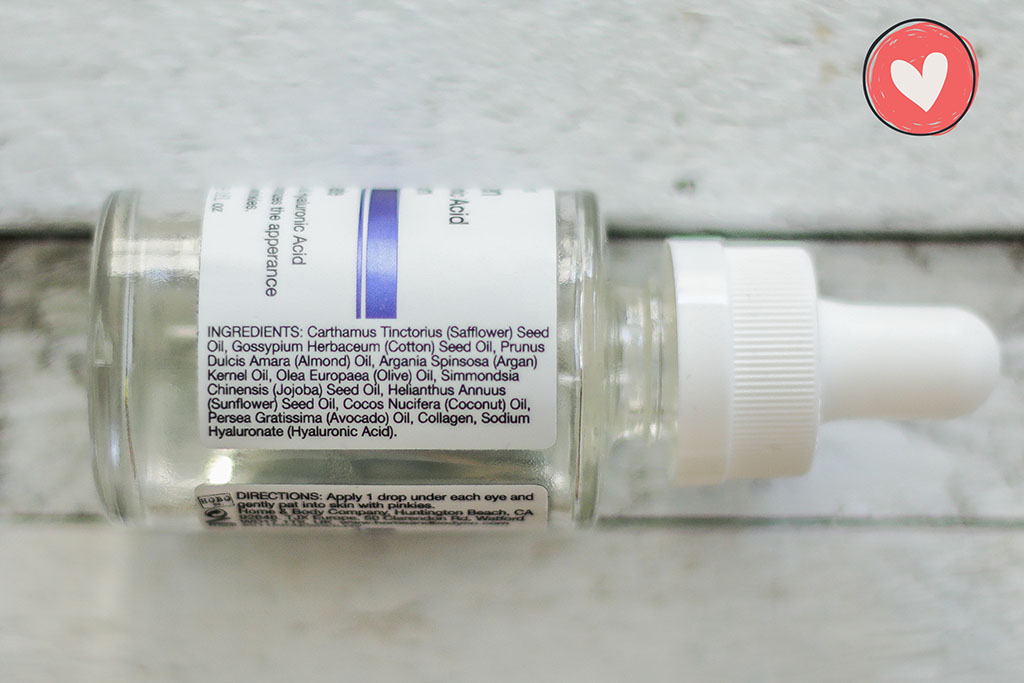
BHA AND BHT PRESERVATIVES
(Butylated hydroxyanisol and Butylated hydroxytoluene)
These artificial preservatives are commonly found in cosmetics to extend shelf life, such as in make-up, body lotions, and soaps. In animal studies, BHA produces liver damage and causes stomach cancers such as papillomas and carcinomas and interferes with normal reproductive system development and thyroid hormone levels. The European Union considers it unsafe in fragrance. BHT is a chemical cousin to BHA that is also listed as “generally recognized as safe.” It, too, is added to food as a preservative. The two compounds act synergistically and are often used together. BHT is not a listed carcinogen, but some data have shown that it does cause cancer in animals.
PARABENS
Such as methyl, propyl, butyl, and ethyl-paraben. These are the most widely used preservatives in the cosmetic industry. Parabens are found in shampoos, shower gels, make-up, body lotions, scrubs, and facial toners. According to the European Commission’s Scientific Committee on Consumer Products, longer chain parabens like propyl and butyl paraben and their branched counterparts, isopropyl and isobutylparabens, may disrupt the endocrine system and cause reproductive and developmental disorders.
Natural Alternative – Vitamin E (alpha tocopherol) and C (L ascorbic acid), citric acid, propolis, and rosemary.
PROPYLENE GLYCOL, PEG AND PPG
(Polyethylene glycol and Polypropylene glycol)
These combinations of synthetic petrochemicals are found in moisturisers, scrubs, deodorants, make-up, depilatories, and soaps to keep the product moist and drive other ingredients deeper into the skin. Polyethylene has been noted as a skin irritant and should never be used on broken skin. Polyethylene beads in scrubs and body washes also are not filtered by our sewage systems, meaning they can collect pollutants and travel into waterways, where they’re consumed by fish and marine animals.
Natural Alternative – Vegetable glycerine, lecithin, and panthenol. PEG – xanthan gum, cetearyl oliva, quince seed, rice bran, and plant waxes, such as candelilla, carnauba, jojoba.
PARFUM
Around 95 % of the fragrances used in toiletries and cosmetics are petrochemical based, made of dozens of separate ingredients. Perfumes are neurotoxic and can cause headaches, mood swings, depression, dizziness, and skin irritation. They are also very common triggers of asthma attacks.
Natural Alternative – essential oils or herbal and floral extracts.
SODIUM LAURYL OR SODIUM LAURETH SULFATE DETERGENTS
These are detergents and foaming agents found in shampoos, body washes, and toothpastes. SLS has been shown to cause or contribute to: skin irritation, canker sores, disruptions of skin’s natural oil balance and eye damage. It is also widely believed to be a major contributor to acne (especially cystic acne) around the mouth and chin.
FORMALDEHYDE-RELEASING PRESERVATIVES
These artificial preservatives are used to help prolong the shelf life of products and cosmetics. In low doses, these preservatives can cause eye and skin irritation and can trigger allergies. In larger doses, formaldehyde fumes are carcinogenic.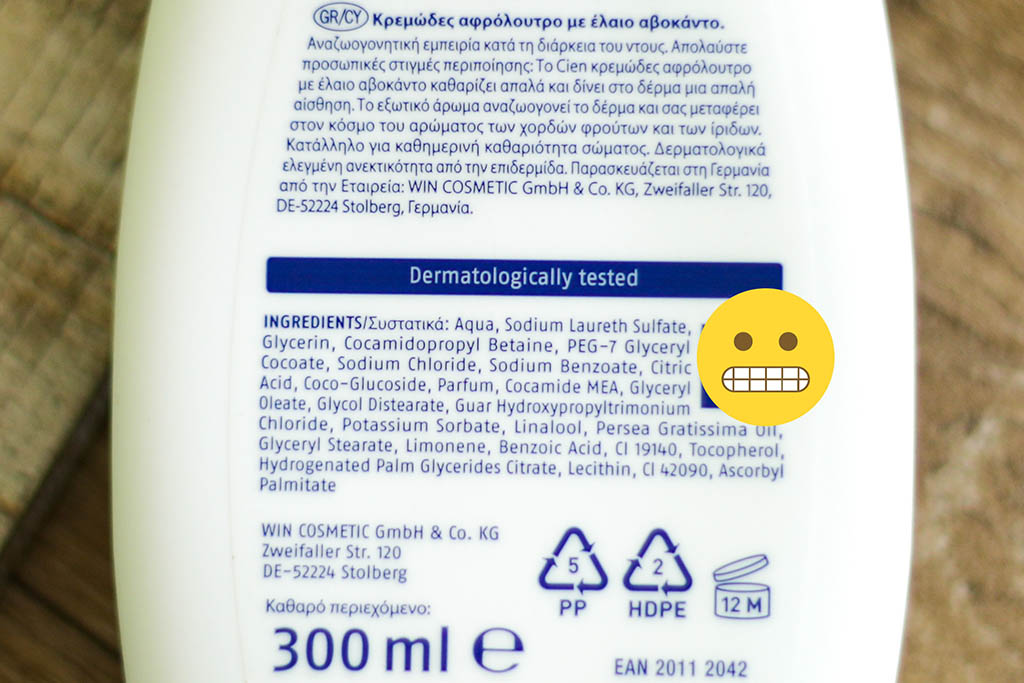
ISOPROPANOL
Also known as isopropyl alcohol, 2-propanol, rubbing alcohol, or simply IPA, is the simplest secondary alcohol. Isopropanol is found in make-up, shampoos, moisturisers, and nail polish. Studies show it is neurotoxic, skin drying or irritating, and potentially toxic for the liver.
PETROLATUM
(Petroleum jelly)
It is found in lipsticks and balms, hair-care products, moisturisers, depilatories, and deodorants. Studies show that it can interfere with the body’s own natural moisturising mechanism, which over time leads to dryness and chapping.
Natural Alternative – coconut oil, apricot seed oil. Plant oil and butters, such as jojoba, avocado, rosehip seed, and shea butter.
PARAFFINUM LIQUIDUM
(Mineral oil)
A cheap and abundant ingredient, paraffin liquid is found in dace creams, make-up, body lotions, and baby oils. It makes the products easy to apply and forms a film on the skin to prevent loss. Research suggests that it can interfere with the body’s own natural moisturising mechanism, which over time leads to dryness and chapping.
Natural Alternative – coconut oil, apricot seed oil. Plant oil and butters, such as jojoba, avocado, rosehip seed, and shea butter.
BENZOYL PEROXIDE
A harsh antibacterial agent used mainly in products to treat oily skin and acne. This chemical can dry the skin and cause redness, itching and swelling. In sensitive individuals it can cause blistering.
Natural Alternative – tea tree essential oil, lemongrass essential oil, grapefruit essential oil, sugar compounds.
TRICLOSAN
An antibacterial agent that absorbs easily into the skin. It is added to some antibacterial soaps and body washes, toothpastes and some cosmetics. Some short-term animal studies have shown that exposure to high doses of triclosan is associated with a decrease in the levels of some thyroid hormones. It’s unknown the significance of those findings to human health. Other studies have raised the possibility that exposure to triclosan contributes to making bacteria resistant to antibiotics.
Natural Alternative – tea tree essential oil, thyme essential oil, grapefruit seed extract, bitter orange extract.
Sources: Internet, Beauty Book


